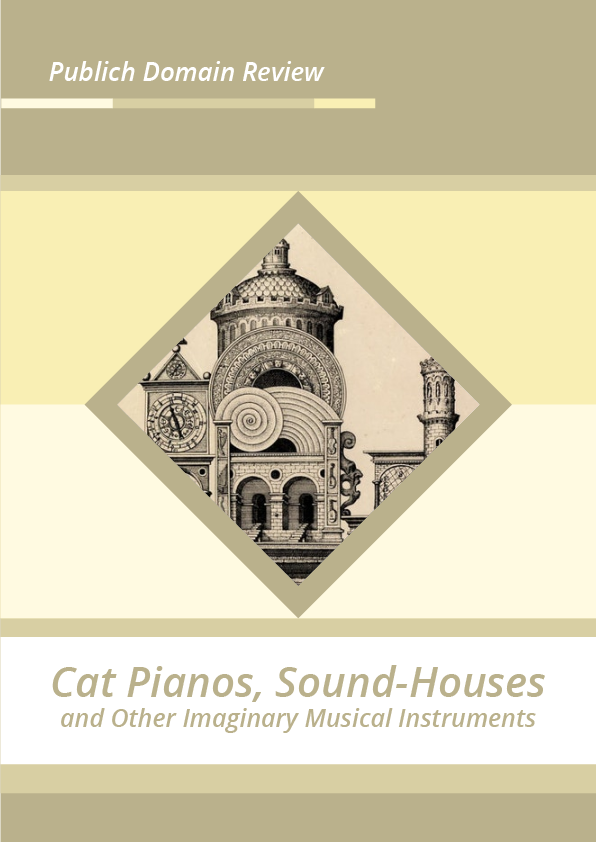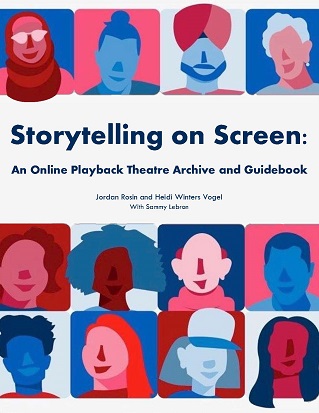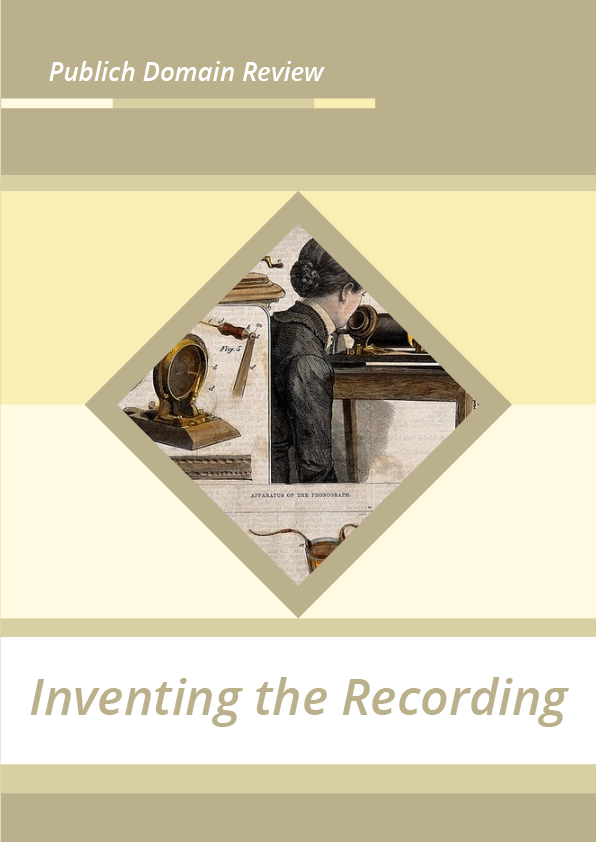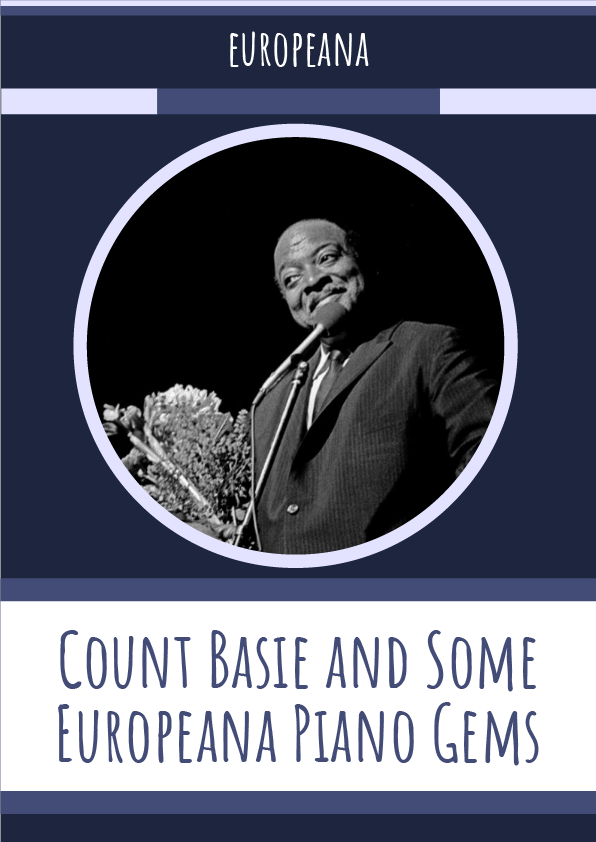Deirdre Loughridge and Thomas Patteson, curators of the Museum of Imaginary Musical Instruments, explore the wonderful history of made-up musical contraptions, including a piano comprised of yelping cats and Francis Bacon’s 17th-century vision of experimental sound manipulation.
And as the instruments of the hand either give motion or guide it, so the instruments of the mind supply either suggestions for the understanding or cautions.Francis Bacon
Numerous museums are dedicated to musical instruments. In Berlin and Brussels, Paris and Phoenix, one can wander rooms lined with musical artifacts from many times and places. Strolling through these rooms, one might admire the exquisite craftsmanship of a Stradivarius violin or the opulent artistry of a French harpsichord. One might linger over forgotten curiosities like the tromba marina or abortive experiments like Adolphe Sax’s seven-bell horn. One’s path might follow changes in the instrumentarium from Renaissance woods and metals to modern plastics and electronics, and the experience might lead one to wonder at the diversity of species born from the physics of vibrating strings, air columns, and resonating bodies.
Missing from such collections, however, is the peculiar class of what we like to call “fictophones”: imaginary musical instruments. Though these instruments, due to some measure of impracticality and impossibility, did not take sounding form, they were nonetheless put forth in the various means available to conjure objects in our minds: in writings, drawings, sometimes even in detailed schematics. One might suppose that imaginary musical instruments, deprived of physical reality, have no place in the cultural histories and heritages that a museum of musical instruments aims to illuminate and preserve. Yet in their own strange ways, imaginary musical instruments exist. What’s more, they have not merely shadowed or paralleled musical life; they have formed a vital part of it, participating in ways that show the fragility of the distinction between imaginary and real. No less than instruments you hold in your hand, imaginary instruments act as interfaces between mind and world, limning the edges of what we may think and do.
Take, for starters, Francis Bacon’s “sound-houses”. Bacon described these spaces for manipulating sound in his New Atlantis (1626), a utopian work in which a European traveller, lost at sea, happens upon a society living on the mythical island of Bensalem. The “sound-houses” represent the acoustic branch of Bensalem’s state-sponsored research program, which seeks both to produce knowledge of how nature works, and to translate that knowledge into real-world applications for human benefit. In the following passage, the director of Bensalem’s scientific endeavors explains to his foreign guest:
We have also sound-houses, where we practice and demonstrate all sounds and their generation. We have harmonies, which you have not, of quarter-sounds and lesser slides of sounds. Divers instruments of music likewise to you unknown, some sweeter than any you have, together with bells and rings that are dainty and sweet. We represent small sounds as great and deep, likewise great sounds extenuate and sharp; we make divers tremblings and warblings of sounds, which in their original are entire. We represent and imitate all articulate sounds and letters, and the voices and notes of beasts and birds. We have certain helps which set to the ear do further the hearing greatly. We also have divers strange and artificial echoes, reflecting the voice many times, and as it were tossing it, and some that give back the voice louder than it came, some shriller and some deeper; yea, some rendering the voice differing in the letters or articulate sound from that they receive. We have also means to convey sounds in trunks and pipes, in strange lines and distances.











